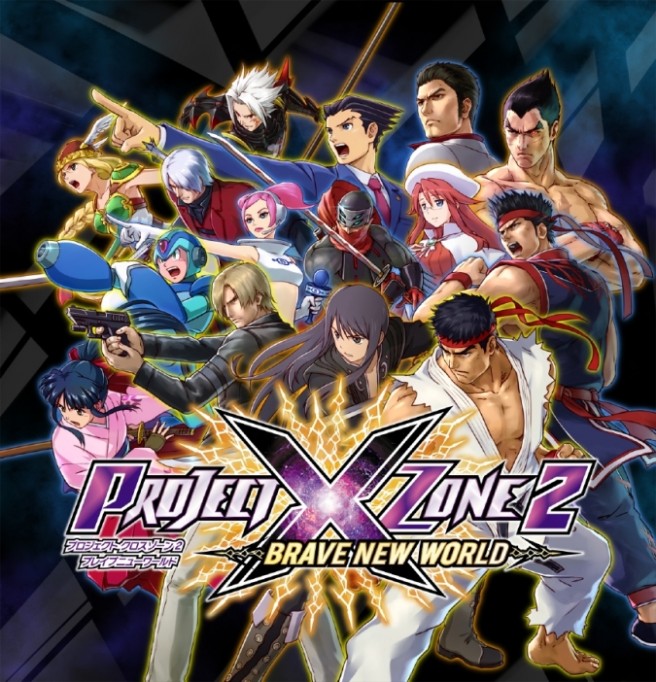
The game has sold over 400,000 copies worldwide, according to Bandai Namco. In the United States, the game has been among the best selling games sold for the 3DS. The game was among the 20 best games sold in the United Kingdom after it made its debut. In the West, the game has sold over ten times more than what Bandai Namco had expected. The game sold more than 85,539 units in its first week in Japan. On May 1, 2016, the game was removed from the North American and European eShops. Some music tracks were removed or replaced for the same reasons. The English versions of the game retain the Japanese voices, like Otomedius Excellent, though the vocals for the opening theme music were removed for legal reasons. On September 22, 2012, Katsuhiro Harada, producer of the Tekken series, had revealed on Twitter: "I proposed localization of Project X Zone." He added that the company had "not decided yet, but it will be realized if I continue proposing." Namco Bandai Games announced on Januthat the game would be officially released in North America, Europe and Australasia during summer 2013.
#Project x zone ost album cover movie
The opening movie was created by the new animation studio Trigger, which was founded by former Gainax employees Hiroyuki Imaishi and others.

The game features two theme songs, with the opening song titled "Wing Wanderer" and the ending titled "GALAXY", which were both performed by Yoko Takahashi. Notable attacks used by the characters had to be done in 2D space in order to preserve its source material origin. The initial creation of the characters were done in 3D character models before they were converted to be SD pixel art. The game was first revealed in a teaser by Bandai Namco on the official website until it was revealed in the April 2012 issue of Famitsu. Namco Bandai came up with the idea of a "dream crossover" and brought on Capcom and Sega.

Project X Zone has a total of 15 save game slots included in the game, which can be used for recording a save game file during intermissions with a quick save file and a soft reset command. Damage done via Cross Hits can fill this gauge up to 150%. As the player's units deal damage, the player's Cross Power (XP) gauge fills up and can be used for special attacks and defensive moves on the map. Also, the player can trigger Critical Hits by connecting their next attack just before the target hits the ground after the first. Additional gameplay elements include Support Attack, which allows the player to call in a nearby ally for assistance, and Cross Hit, which freezes the target in place during simultaneous attacks from multiple units. The battle system is called the Cross Active Battle System, wherein pressing the A button in combination with the Circle Pad performs up to five basic attack combos. Unlike Namco × Capcom, units can move freely within their range on the field map, with no penalty for accessing treasure chests or destructible objects prior to attacking. Each friendly unit is made up of two characters (thus referred to as a Pair Unit), though a third character (or "Solo Unit") can be added for once-per-battle assistance. Stages in Project X Zone take place in grid-based locations from the game's many crossover titles.


 0 kommentar(er)
0 kommentar(er)
